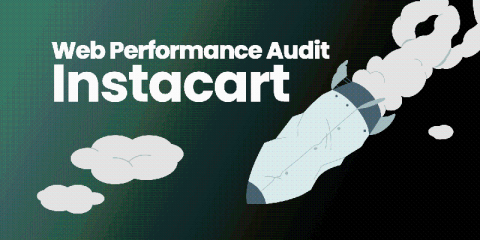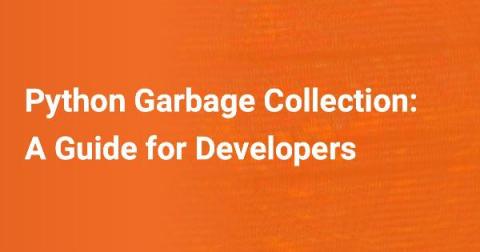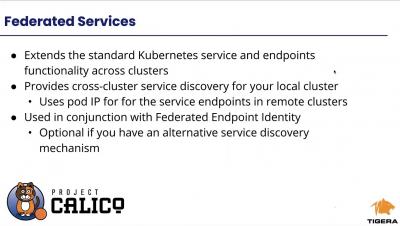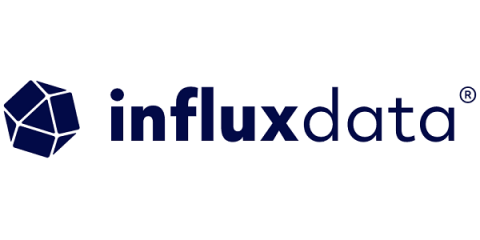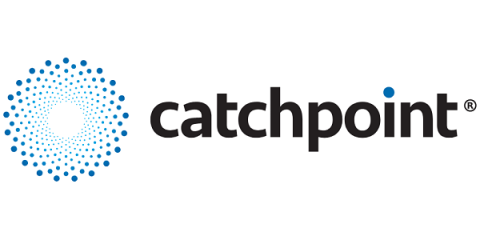Operations | Monitoring | ITSM | DevOps | Cloud
Monitoring
The latest News and Information on Monitoring for Websites, Applications, APIs, Infrastructure, and other technologies.
Why AIOps and Why Now - An Overview by Enterprise Management Associates (EMA)
NiCE Digital Experience Monitoring Tutorial 2020Q4
Python Garbage Collection: A Guide for Developers
During the course of execution, software programs accumulate several data objects that serve no purpose in the program and need to be let go. If not dealt with, they can keep eating up memory and significantly hamper performance. Garbage collection is the process of cleaning up all these useless data objects that continue to reside in memory. It frees up the corresponding RAM to make room for new program objects.
Multi-Cluster, Multi-Cloud and Hybrid Cloud Networking, Observability and Security Management
InfluxData advances possibilities of time series data with general availability of InfluxDB 2.0
SAN FRANCISCO — November 10, 2020 — InfluxData, creator of the time series database InfluxDB, today announced the general availability of the next-generation open source platform for time series data, InfluxDB 2.0. Developers can now ingest, query, store and visualize time series data in a single unified platform, leverage new tools and integrations, and use familiar skills — making it faster and easier than ever to develop and deploy modern time-based applications.
InfluxDB 2.0 Open Source is Generally Available
Today, we are proud to announce that InfluxDB Open Source 2.0 is now generally available for everyone. It’s been a long road, and we couldn’t have done it without the amazing support and contributions of our community. This marks a new era for the InfluxDB platform, but it truly is just the beginning. Before we talk about the future, let’s take a look at some of the amazing new capabilities our team has been working on.
Performing Your Best in the Virtual Age!
Application performance monitoring is vital for keeping software and gaming companies at a level above with providing effective data and cloud usage for applications, software, and platforms for their employees and customers. The rise of remote working has coincided with a boom in streaming, gaming, and other virtual activities. This has led to increased usability, and performance management challenges for gaming and software organizations.
Top 6 Infrastructure Monitoring Tools
Podcast - Building and Monitoring a User-Centric Digital Experience
Recently our CMO, Nik Koutsoukos, and VP Operations, Tony Ferelli, joined Heavy Network on a podcast discussing Digital Experience Monitoring, and how effective monitoring requires a focus on the user experience. Most monitoring tools monitor from the network or application perspective. Now that microservices and multi-cloud environments are commonly used, monitoring is more challenging. The better monitoring approach is being user-centric.


